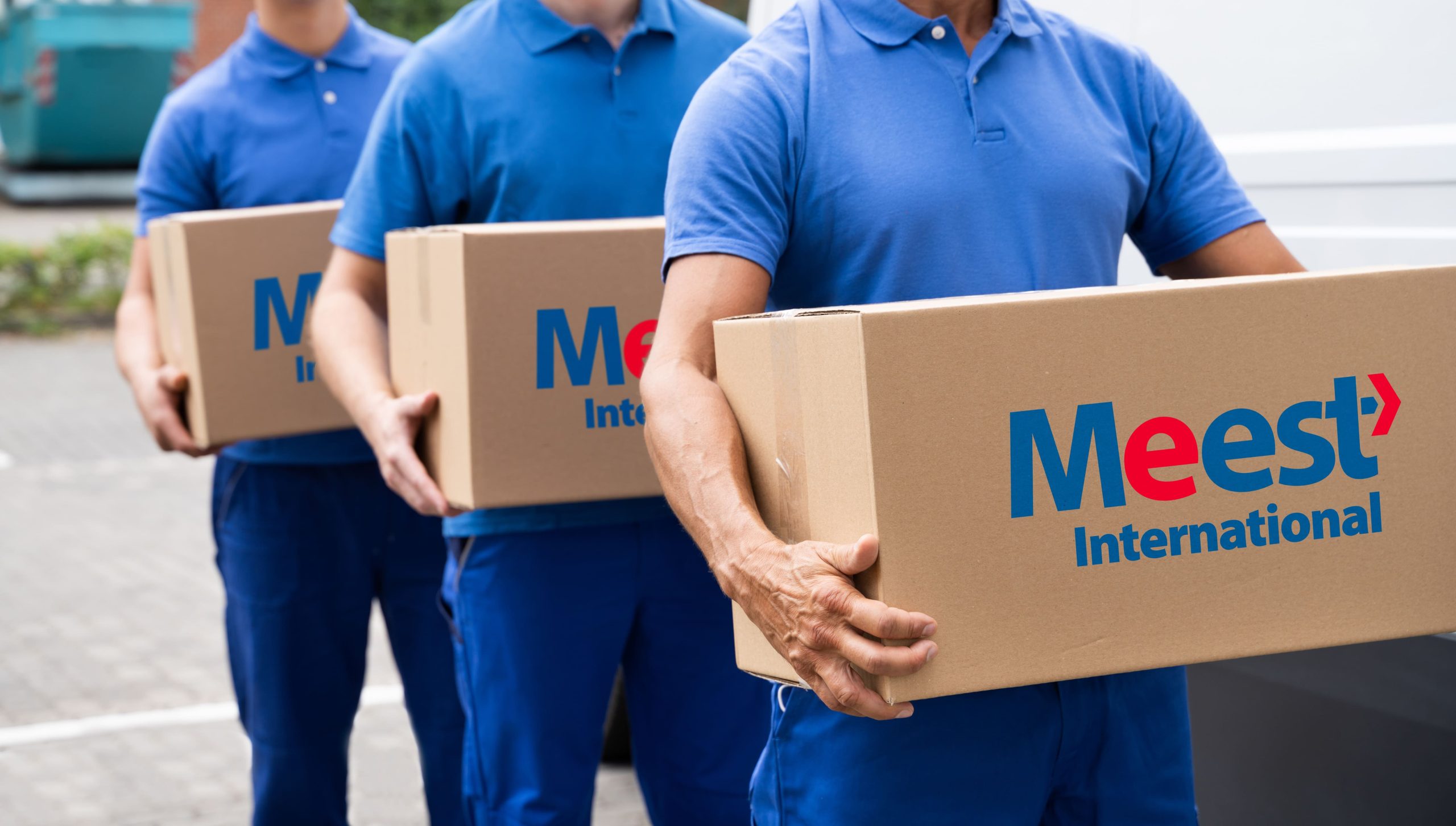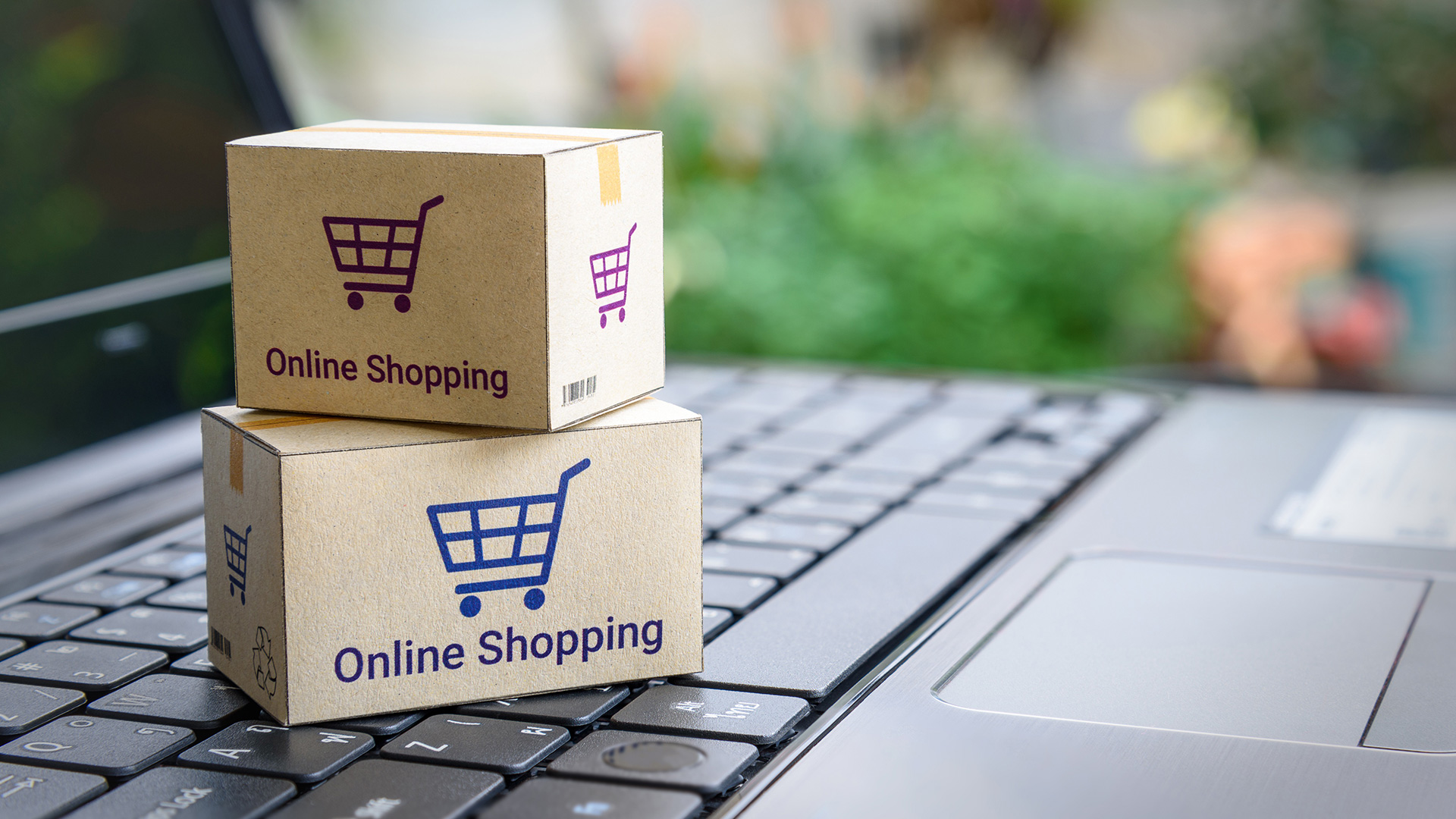Next-Generation Packaging: Driving Sustainability and Innovation in the Modern Supply Chain
- 16 September 2024
- 6 min to read
- 914 views

Next-generation packaging is transforming the logistics industry by integrating sustainable materials and innovative technologies to meet evolving consumer demands and reduce environmental impact.
What is Next-Generation Packaging?
Next-generation packaging is changing how businesses meet customer needs. It incorporates smart technologies, sustainable materials, and design innovations that reduce environmental impact. This packaging goes beyond the standard, offering solutions that optimize supply chain efficiency and cater to eco-conscious consumers.
The Role of Smart Packaging in Consumer Engagement
Smart packaging, a cornerstone of next-generation solutions, goes beyond the traditional function of product containment. With embedded technologies such as QR codes, sensors, and RFID chips, packaging becomes an interactive tool that engages customers directly. Consumers can access product details, authenticity checks, and even usage tips simply by scanning or interacting with the packaging. This capability not only enhances the user experience but also builds trust by offering transparency about a product's journey through the supply chain.
For example, fresh produce can be monitored for quality during transportation using freshness sensors, ensuring that products arrive in optimal condition. By providing real-time information to both businesses and consumers, smart packaging contributes to better inventory management, reduces food waste, and minimizes the need for excess packaging materials. Brands can also tailor marketing messages via smart packaging, making it an excellent tool for fostering long-term customer loyalty.
Sustainability: A Major Driver
One of the major drivers behind the adoption of next-generation packaging is the growing awareness of environmental impact. Consumers are becoming more eco-conscious, prompting businesses to adopt packaging solutions that minimize carbon footprints and reduce waste. According to a study by Sustainable Packaging Market, the global market for sustainable packaging is projected to reach $470.3 billion by 2027, highlighting the increasing demand for greener packaging solutions.
Economic and Environmental Efficiency
Next-generation packaging optimizes material use, reducing waste. Lighter packaging also cuts shipping costs and fuel consumption. Companies that adopt these solutions gain both in terms of environmental impact and economic efficiency.
Advanced Materials and Technologies in Packaging
The trend toward next-generation packaging also involves the development of new materials used in primary, secondary, and tertiary packaging, alongside the integration of advanced technologies. These innovations allow packaging to sense and react to environmental changes, enhancing product preservation. New materials are often biodegradable, reusable, recyclable, or compostable, contributing to sustainability goals while still maintaining protective features. With the ongoing rise of e-commerce and the global push for sustainability, there is an increasing need for smarter, more cost-effective packaging solutions that reduce CO2 emissions and meet customer demands for more eco-friendly options.
The Future of Packaging
In conclusion, next-generation packaging represents a significant shift in how businesses think about packaging design, sustainability, and consumer engagement. By integrating smart technology, eco-friendly materials, and innovative designs, businesses can reduce costs, enhance their brand image, and contribute to a more sustainable future. As consumer expectations evolve and regulatory pressures increase, adopting next-generation packaging is no longer just an option—it’s a necessity for businesses looking to stay competitive in today’s global market.
Read more interesting material in our blog!




